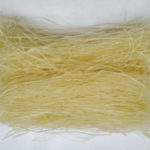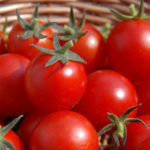Selecting vegetables is a common concern for many, especially for those who don’t frequent the market often. Distinguishing between fresh and spoiled vegetables, or knowing which ones are mature and which are young, can be challenging. In this article, we’ll share some tips and tricks on how to choose common types of vegetables.
1. Things to Keep in Mind When Choosing Vegetables
External Appearance: When buying vegetables, observe their external appearance and ensure they are intact, with no signs of bruising, scratches, or discoloration. The stems should also be intact and not mushy.
For fruits: Avoid those that appear larger and rounder than usual, as they may have been injected with chemicals. Also, refrain from choosing fruits with taut skin or longitudinal cracks. Opt for fruits and vegetables that are of moderate or slightly smaller size, as they are likely to have grown naturally with minimal chemical intervention.
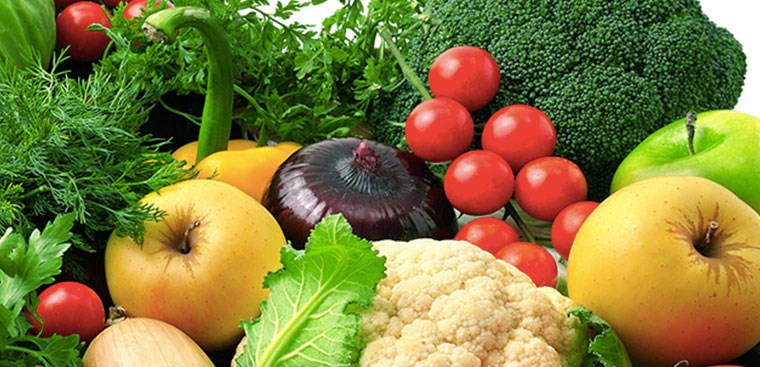
Pay Attention to Color: Fresh vegetables have natural colors without any abnormal hues. For leafy vegetables, avoid those with overly dark or shiny leaves. Instead, opt for those with light green leaves that appear healthy and normal.
For fruits and roots: Refrain from choosing fruits or roots that are excessively shiny or vibrant in color.
Vegetables Free from Foreign Substances: Nowadays, vegetables sold in markets are often coated with plant preservatives, which can be seen as white spots or strange marks. Avoid purchasing vegetables with these signs.
Using Your Sense of Touch: This method may be a bit tricky for those inexperienced in choosing vegetables. Hold and touch the vegetables; if they feel heavy and firm, they are likely to be fresh.
Additional Notes:
– Avoid pre-cut and soaked vegetables sold in markets, as they may be older and of lower quality.
– Refrain from buying off-season vegetables, as they are likely to have been treated with growth hormones.
– Do not choose vegetables with abnormal colors, flavors, or odors, especially if there have been reports of food poisoning associated with them.
2. Tips for Choosing Common Vegetables
Selecting Cabbage: Choose cabbage with tightly packed, thick leaves, and closed tips. The stem should be small, and the cabbage should look firm and fresh, ranging in color from white to green.

Choosing Potatoes: Opt for potatoes with smooth skins, moderate eyes, and no signs of sprouting. The ideal color is a bright yellow-white, and they should feel firm and solid.
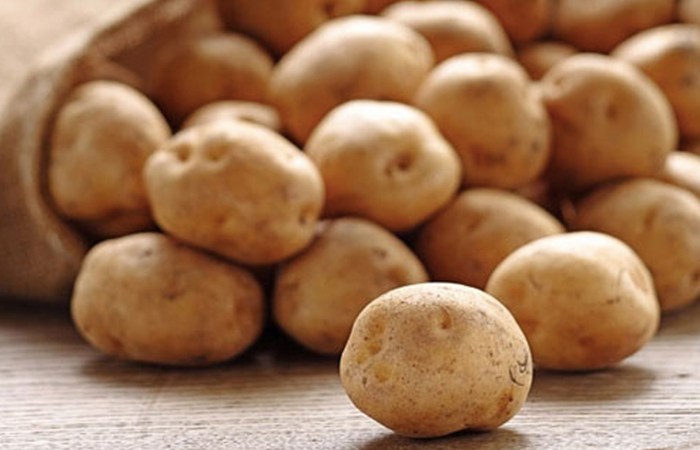
Selecting Water Spinach: Look for bunches with small tips that appear slightly stiff. When snapped, fresh water spinach will release a milky sap.
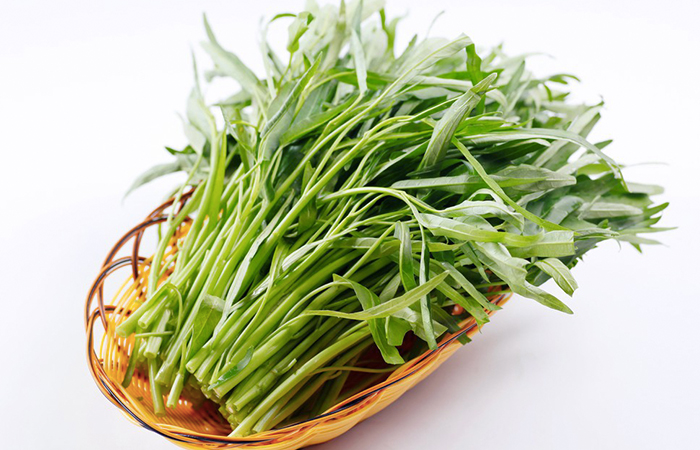
Choosing Green Mustard: Fresh green mustard has thin, light green leaves and thick stems. It should appear young and vibrant.

Choosing Carrots: Opt for carrots with a deep orange-yellow color, a firm texture, and a fresh, green stem. They should feel solid and smooth.
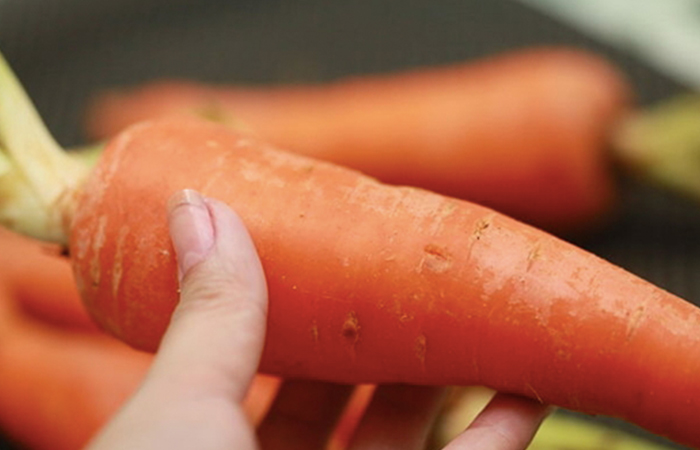
Selecting Cucumbers: Fresh cucumbers have a white-green color, free from any bruises or yellow spots. They should feel firm with small bumps on the skin.

With the rampant use of pesticides and the tendency of sellers to exaggerate the freshness of their produce, it can be challenging to choose the right vegetables. However, with the tips provided above, you can confidently navigate the market and select the freshest ingredients to cook delicious and healthy meals for your family.

























